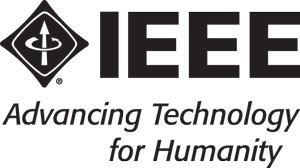Emerging Internet Quality of Service (QoS) mechanisms are
expected to enable wide spread use of real time services such as
VoIP and videoconferencing. The "best effort" Internet delivery
cannot be used for the new multimedia applications. New technologies
and new standards are necessary to offer Quality of Service (QoS)
for these multimedia applications. Therefore new communication
architectures integrate mechanisms allowing guaranteed QoS services
as well as high rate communications.
The service level agreement with a mobile Internet user is
hard to satisfy, since there may not be enough resources available
in some parts of the network the mobile user is moving into. The
emerging Internet QoS architectures, differentiated services and
integrated services, do not consider user mobility. QoS mechanisms
enforce a differentiated sharing of bandwidth among services and
users. Thus, there must be mechanisms available to identify traffic
flows with different QoS parameters, and to make it possible to
charge the users based on requested quality. The integration of
fixed and mobile wireless access into IP networks presents a cost
effective and efficient way to provide seamless end-to-end
connectivity and ubiquitous access in a market where the demand for
mobile Internet services has grown rapidly and predicted to generate
billions of dollars in revenue.
This tutorial covers to the issues of QoS provisioning in
heterogeneous networks and Internet access over future wireless
networks as well as ATM, MPLS, DiffServ, IntServ frameworks. It
discusses the characteristics of the Internet, mobility and QoS
provisioning in wireless and mobile IP networks. This tutorial also
covers routing, security, baseline architecture of the
inter-networking protocols and end to end traffic management issues.
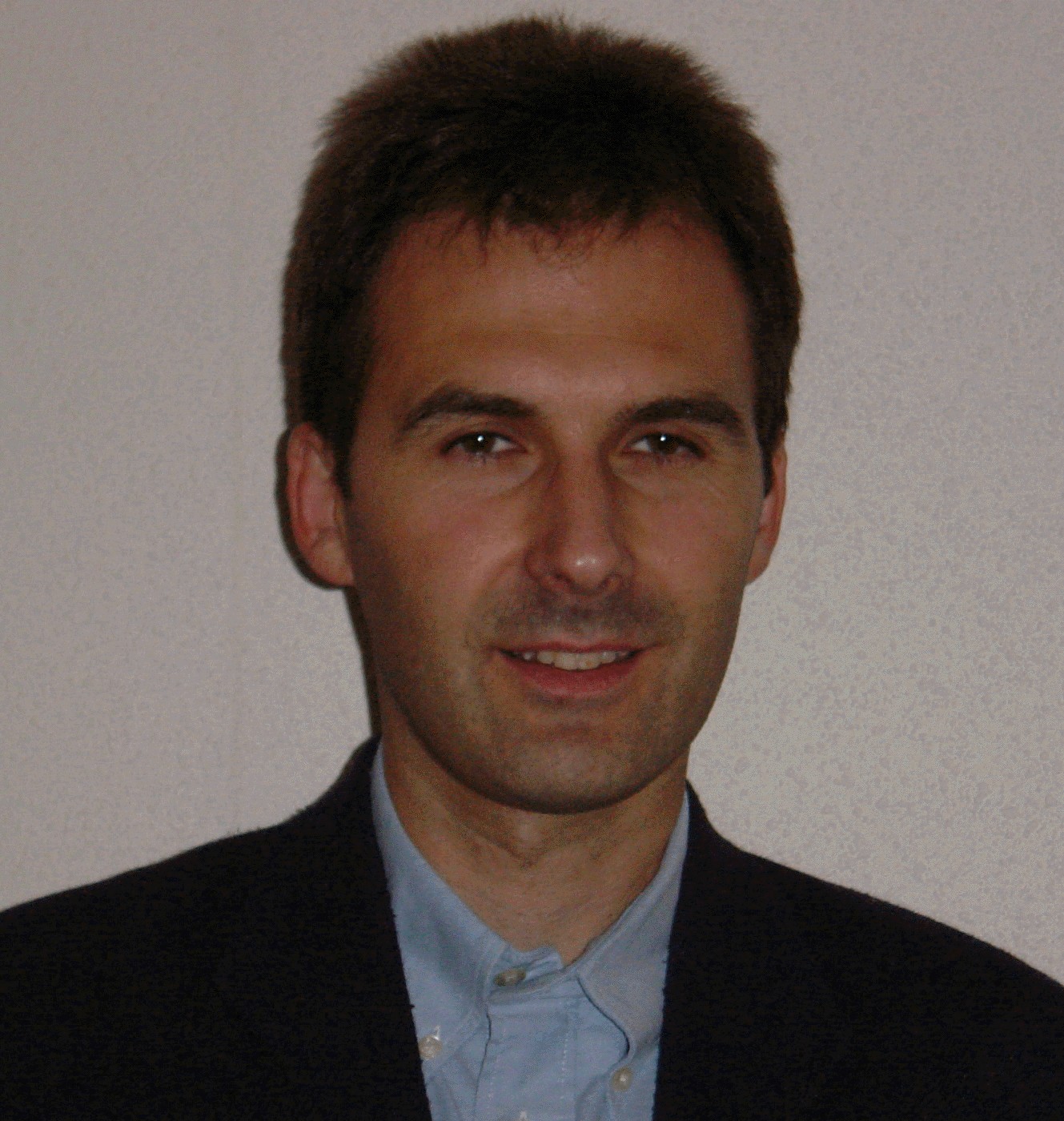 |
Pascal LORENZ (lorenz@ieee.org) received his M.Sc. (1990) and Ph.D. (1994) from the University of Nancy, France. Between 1990 and 1995 he was a research engineer at WorldFIP Europe and at Alcatel-Alsthom. He is a professor at the University of Haute-Alsace, France, since 1995. His research interests include QoS, wireless networks and high-speed networks .He is the author/co-author of 3 books, 2 patents and 200 international publications in refereed journals and conferences. |
| He was Technical Editor of the IEEE Communications Magazine Editorial Board (2000- 2006), Chair of Vertical Issues in Communication Systems Technical Committee Cluster (2008-2009) and Modeling Technical Committee (2003-2009) and Chair of the Communications Software Technical Committee (2008-2010). He has been Co-Program Chair of ICC'04 and symposium Co-Chair at Globecom 2009-2007 and ICC 2009-2008. He has served as Co-Guest Editor for special issues of IEEE Communications Magazine, Networks Magazine, Wireless Communications Magazine, Telecommunications Systems and LNCS. He is senior member of the IEEE and member of many international program committees. He has organized many conferences, chaired several technical sessions and gave tutorials at major international conferences. | |
The tutorial starts with some general aspects of modeling EMC
modeling. The introduction ooutlines some commonly used analytical
and numerical methods, respectively.
The participants will then be given a crash-course on the wire
antenna theory and related numerical solution methods for the
treatment of integral equations in both frequency and time domain.
Some applications of these models related to dipole antennass,
Yagi-Uda arrays and logarithmic-periodic dipole antennas (LPDA) will
be presented.
In addition, full wave (antenna) models for several configurations
of thin wires, from rather simple to realistic complex structures,
followed by the analysis of overhead and buried lines, respectively,
which will be carried out. The results obtained by using the
rigorous full wave models will be compared to approximate
transmission line (TL) approach. In particular, an attention will be
focused to the analysis of PLC (Power Line Communications)
configurations and modeling of lightning channel.
Then, the transient analysis of realistic grounding systems with
particular emphasis to wind turbines will be carried out.
The last part of the tutorial deals with the assessment of human
exposure to non-ionizing radiation. Low frequency, frequency and
transient exposures will be covered. Finally, some biomedical
applications of electromagnetic fields will be presented.
 |
Dragan Poljak was born on 10 October 1965. He received his BSc in 1990, his MSc in 1994 and PhD in electrical engineering in 1996 from the University of Split, Croatia. He is the Full Professor at the Department of Electronics at the University of Split, and he is also Adjunct Professor at Wessex Institute of Technology. His research interests include frequency and time domain computational methods in electromagnetics, particularly in the numerical modelling of wire |
| antenna structures, and numerical modelling applied to environmental aspects of electromagnetic fields. To date Professor Poljak has published nearly 200 journal and conference papers in the area of computational electromagnetics, seven authored books and one edited book, by WIT Press, Southampton-Boston., and one book by Wiley, New Jersey. Professor Poljak is a member of IEEE, a member of the Editorial Board of the journal Engineering Analysis with Boundary Elements, and co-chairman of many WIT International Conferences. He is also editor of the WIT Press Series Advances in Electrical Engineering and Electromagnetics. In 2011 professor Poljak became a member of WIT Bord of Directors. In June 2004 professor Poljak was awarded by the National Prize for Science. | |
Multimedia communications is ubiquitous in today’s digital world.
Communication over public networks is prone to well known security
problems, such as data forgery, e.g., insertion or deletion of
object into an image. One of the ways to protect against such
attacks is to use standard cryptographic mechanisms such as message
authentication codes (MAC). Such codes detect even minor
modifications in the data they protect and thus enable the receiver
to reject the falsified information. Due to the nature of the
underlying transmission channels, multimedia data, such as text,
audio or video, might be received in
error. In certain cases, such as in uni-directional or real time
communications, it is not possible to use networking protocols which
guarantees data delivery using retransmissions.
In order to be able to detect forgeries, but at the same time
accept minor changes to the multimedia data (e.g., images), new
cryptographic MACs are needed. Such new MACs should be able to
tolerate minor unintentional modifications in the data and at
the same time identify the intentional forgeries. These MACs can
be based on the actual multimedia data or
on the features extracted from the original data. Such
authentication algorithms can be called in general as the
approximate or noise tolerant message authentication codes.
This tutorial focuses on the design of such message
authentication algorithms. The first algorithm is based on image
authentication using Noise Tolerant Message Authentication Codes
(NTMAC) and feature extraction techniques based on Discrete
Cosine Transform (DCT). An image is split into different blocks
and each block is authenticated using the DCT of that block.
Using a different permutation sequence increases or decreases
the security of the proposed algorithm. The images are
“approximate authenticated”, errors in the images are localized
and a correctable number of errors are corrected using error
correcting codes such as Turbo codes. An improved version of
this algorithm is based on the concept of weights assigned to
the important parts of the images, e.g., the DC component of the
DCT of each block is more important than other (AC) components.
The idea of approximate image authentication is further refined
using standard Message Authentication Codes (MACs) combined with
error correcting codes (Reed Solomon codes) and feature
extraction based on the Discrete Wavelet Transform (DWT). The
authentication tag is generated based on the encrypted encoded
message and the MAC of the whole image. A certain number of
errors are corrected using Reed Solomon codes before tag
verification and then the approximate authentication is
performed.
These algorithms will be discussed together with their
mathematical security analysis, to show their strengths and
limitations.
|
|
Obaid Ur-Rehman is a researcher and post doctoral fellow at the University of Siegen, Germany. His main interests are in error correcting codes and computer and network security. Dr.-Ing Ur-Rehman received his M.Sc. degree in 2004 in Computer Engineering from the Faculty of Electrical Engineering, University of Engineering and Technology, Taxila. He received his Dr.-Ing degree from the University of Siegen, |
|
Germany in 2012, where he worked on soft
decoding techniques for error correcting codes and their
applications in various fields such as message authentication codes
in presence of noise. He continued his work as at a post
doctoral position in the same institute. Dr.-Ing
Ur-Rehman has more than 6 years of industrial experience
together with a few years of academic experience. He is
author of various scientific papers in international
conferences and journals. He also serves as the reviewer
of many international journals. |
|
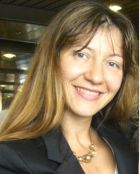 |
Natasa Zivic is an Assistant Professor and a
Private Docent at the University of Siegen. She works as
a lecturer at the University of Siegen since 2007,
teaching Basics of Communication Techniques, Digital
Communications Technologies I and Digital Communications
Technologies II. Dr.-Ing. habil. Natasa Zivic received
Dipl.- Ing. degree (1999) and a Magister degree (2002) from the Faculty of Electrical Engineering at the University of Belgrade, Serbia. |
|
She started her research at the Chair for Data
Communications Systems at the University of Siegen,
Germany in October 2004. She received Dr.-Ing. Degree from the University
Siegen, Faculty for Electrical and Computer Engineering
in 2007 and continued her work as a lecturer and as a
postdoctoral candidate. She defended her Postdoctoral
Degree (Habilitation) in area of Electrical Engineering
and Telecommunications from the University Siegen in
2012. Her actual areas of interest are connection
between cryptography and standard communication
techniques like channel coding, and applying of cryptography in communications, especially in noisy environments. She has published about 100 journal and conference papers, 2 monographs and 3 patents (2 in Germany and 1 in USA). She works as a member of the German national body in ISO and as a project editor of security standards. She served as a TPC member and an organizer of several IEEE conferences/workshops and as a technical reviewer of several IEEE and other journals. She is a member of IEEE and IEEE Communication Society. |
|
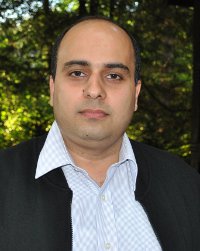 |
Amir Tabatabaei received his B.Sc. and M.Sc. degrees in applied and computational mathematics from University of Tehran and University of Tarbiat Modares, Tehran, Iran. He became a part time lecturer and faculty member in Sadra University in Tehran from 2001 till 2009. From 2004 till 2009 he worked as a researcher in the field of cryptography and more specially cryptanalysis in some reputed R&D departments in electrical industries. He carried out some important national projects |
| in cryptography during this period. He continued his graduate studies from December 2009 in Canada and Siegen, Germany. Since December 2010, he is working as a research assistant and Ph.D. candidate at the Chair for Data Communications Systems, University of Siegen, Germany. His current research field is design and cryptanalysis of fuzzy authentication systems for authenticating of data over noisy channels. He has been the winner of some scholarships and he has several publications in reputed journals and conferences in the field of applied mathematics and cryptography. | |
Energy efficiency is increasingly becoming a key
priority for Information and Communication Technology (ICT)
organizations given the ecological and economic drivers. In this
tutorial we will introduce and discuss a number of measures that can
be used to reduce the power consumption in the Internet and will
introduce methods for the optimum use of renewable energy in core
networks to reduce the Internet’s carbon footprint at a given power
consumption level. We will introduce network optimization through
the use of mixed integer linear programming (MILP) giving a short
tutorial on MILP and build on this and heuristics inspired by it to
explore a number of energy and carbon footprint reduction measures
including (i) Optimum use of time varying renewable energy in core
networks; (ii) Optimum resource allocation and green network design
with data centres; (iii) Dynamic energy-efficient content caching
for video on demand, YouTube type content and IPTV (iv)
Energy-efficiency through data compression; (v) Energy-efficient
peer-to-peer content distribution (vi) Physical topology design
considering operational and embodied energies. We finish by
outlining future directions and open research issues. This tutorial
will be of particular benefit to researchers and practicing
engineers interested in energy efficient designs applied to the
Internet and broadly.
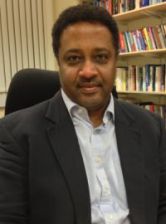 |
Jaafar Elmirghani is a Fellow of the IET, Fellow of the Institute of Physics and is the Director of the Institute of Integrated Information Systems and Professor of Communication Networks and Systems within the School of Electronic and Electrical Engineering, University of Leeds, UK. He was Chairman of the IEEE UK and RI Communications Chapter and was Chairman of IEEE Comsoc Transmission Access and Optical Systems Committee and is and has been on the technical program committee of 29 IEEE ICC/GLOBECOM conferences between 1995 and 2012 including ten times as Symposium Chair. |
| Prof. Elmirghani was founding Chair of the first IEEE Comsoc Green Communications track at GLOBECOM 2011. He received the IEEE Communications Society 2005 Hal Sobol award and the 2005 Chapter Achievement award, the University of Wales Swansea inaugural ‘Outstanding Research Achievement Award’, 2006 and the IEEE Communications Society Signal Processing and Communication Electronics outstanding service award, 2009. He is currently an editor of IET Optoelectronics, Co-Chair of the GreenTouch® Wired, Core and Access Networks Working Group. He has published over 350 technical papers, co-edited “Photonic Switching Technology- Systems and Networks”, IEEE Press 1998, and has research interests in communication networks, and optical communication systems. | |
